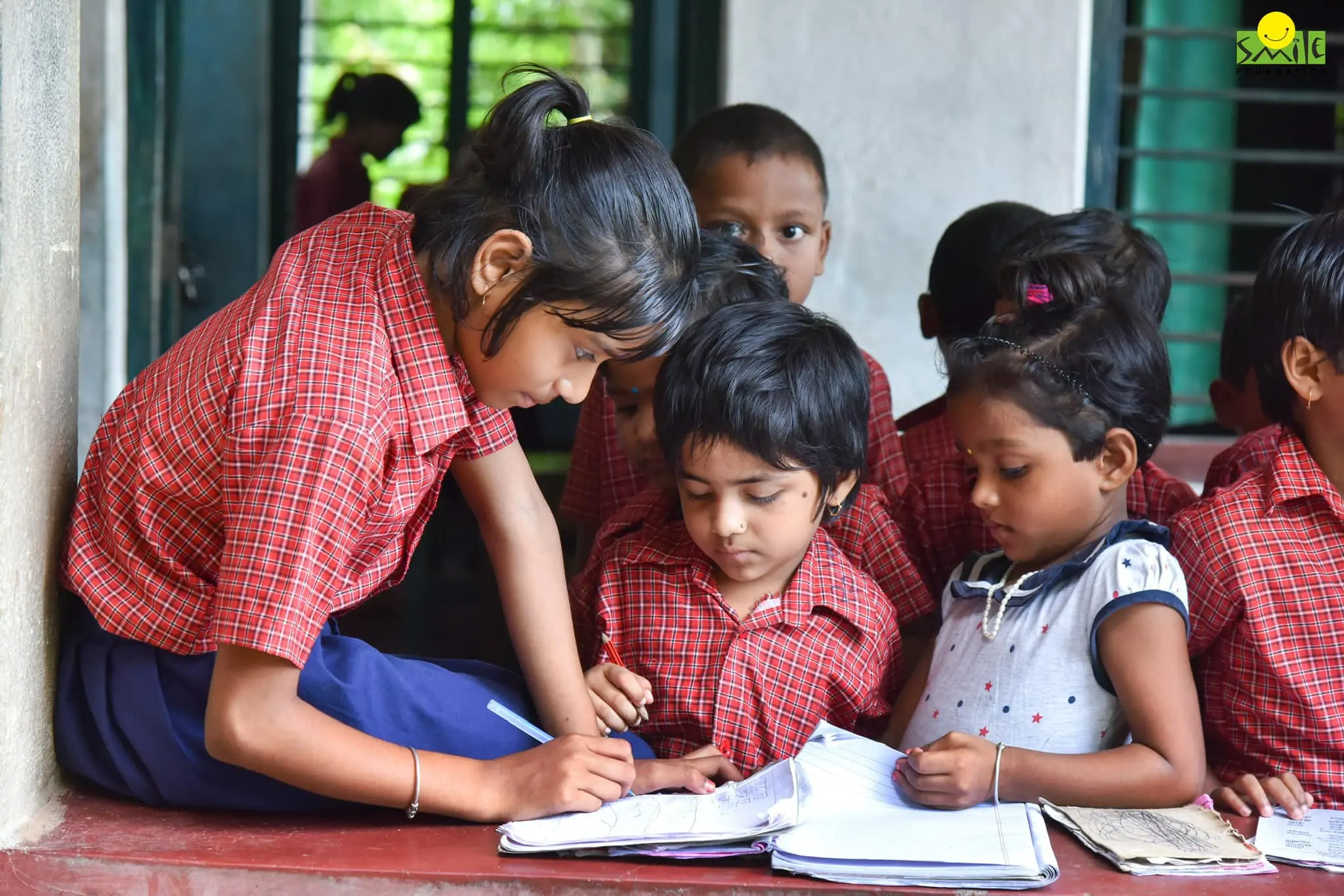“When you educate a woman, you educate a nation.”
Education of a girl goes beyond just enrolling her into school. Girls should have equal opportunities to complete their education. They should feel safe while in school. Girls should acquire adequate knowledge and skills to compete in the labor market. They should be enabled to learn life skills necessary to navigate and adapt to a world which is fast changing. Women and girls should be empowered to make decisions about their own lives; and to contribute to their communities.
Importance of Education for Girls
Girl child education is a strategic development priority for any nation. When we educate girls we ensure that the community/nation is on a path of development. In fact women who are educated tend to be more informed about healthcare and nutrition. They have planned families and have fewer children, marry at a later age, and their children are usually healthier. Girls and women who are educated are more likely to participate in the formal labor market. In fact they also earn higher incomes. Empowered women can lift the family and society out of poverty.
Condition of Female Literacy
Progress in the field of education for adolescent girls has not kept pace with the realities they face today. According to a report by United Nations 1 in 4 girls in the world, aged 15-19 years is not employed. She is neither educated nor trained as compared to 1 in 10 boys of the same age. 47 million girls will be pushed into poverty as a result of the ongoing pandemic. 435 million women and girls will be living on less than $1.90 a day.

Education of Girls in India
The sex ratio in India is 940 females per 1000 males. It is still far from achieving its gender equality goals. The patriarchal influence on the society often deems a girl child as a ‘burden’. Gender inequality, gender stereotypes and being treated as the inferior sex is fairly common. Girls are denied a deserving education. They do not have access to quality healthcare, equal rights and employment. Girls and women and are often subjected to abuse inside and outside the house.
Interventions in Learning for Girls
A number of government initiatives in the recent years coupled with the work of grassroots organization in remote areas and urban slums has been able to change the scenario. According U-DISE data in 2018-19, the Gross Enrolment Ratio for girls at the primary stage is 101.78%. At the elementary stage it is 96.72%.
One of the most important interventions has been the provision of incentives for secondary education through the National Scheme of Incentives. Other major happenings have been the opening of Kasturba Gandhi Balika Vidyalayas (KGBVs). These vidyalays educate girls from the upper primary level up to the senior secondary level. Other major developments have been renovations of toilets in educational institutions as well as providing self-defense training to girls of Class VI to XII.
Girls face barriers to education as a result of poverty, cultural norms and practices, poor infrastructure, violence, and fragility every day. We should ensure to empower girls with education. In fact they should be taught other life skills to be self-reliant. At last every one of us should pledge and ensure that no girl is left behind in her journey of education.
To know more and support girl child education visit https://www.smilefoundationindia.org/she-can-fly/









